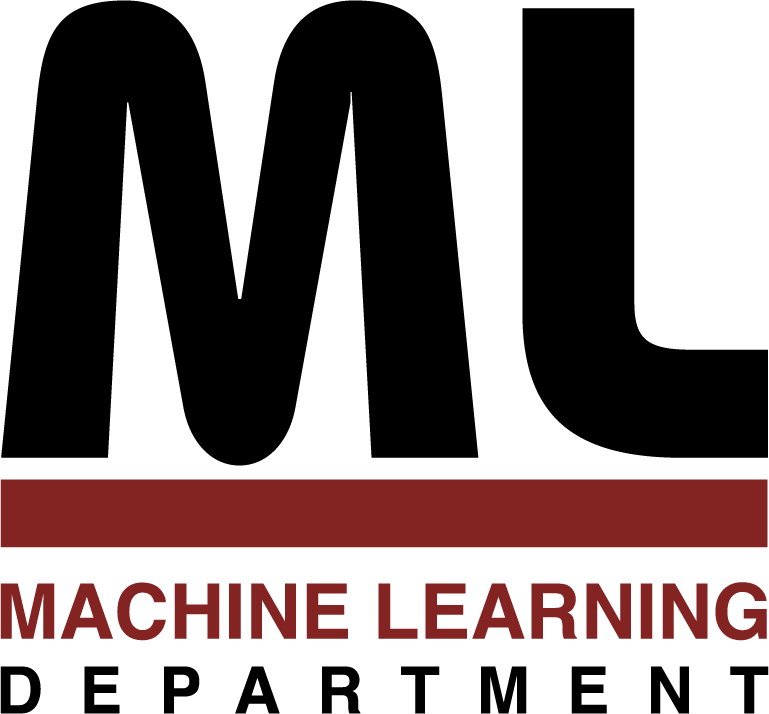
Machine Learning Department
School of Computer Science, Carnegie Mellon University
Near-Optimal Sensor Placements in Gaussian Processes:
Theory, Efficient Algorithms and Empirical Studies
Andreas Krause, Ajit Singh, Carlos Guestrin
May 2007
When monitoring spatial phenomena, which can often be modeled as Gaussian
processes (GPs),choosing sensor locations is a fundamental task. There
are several common strategies to address this task, for example, geometry
or disk models, placing sensors at the points of highest entropy(variance)
in the GP model, and A-, D-, or E-optimal design. In this paper, we
tackle the combinatorial optimization problem of maximizing the mutual
information between the chosen locations and the locations which are not
selected. We prove that the problem of finding the configuration that
maximizes mutual information is NP-complete. To address this issue,
we describe a polynomialtime approximation that is within (1 - 1/e) of
the optimum by exploiting the submodularity of mutual information. We
also show how submodularity can be used to obtain online bounds, and
design branch and bound search procedures. We then extend our algorithm
to exploit lazy evaluations and local structure in the GP, yielding
significant speedups. We also extend our approach to find placements
which are robust against node failures and uncertainties in the model.
These extensions are again associated with rigorous theoretical
approximation guarantees, exploiting the submodularity of the objective
function. We demonstrate the advantages of our approach towards optimizing
mutual information in a very extensive empirical study on two
real-world data sets.
56 pages
School of Computer Science homepage
This page maintained by [email protected]